by Susanna Buffa
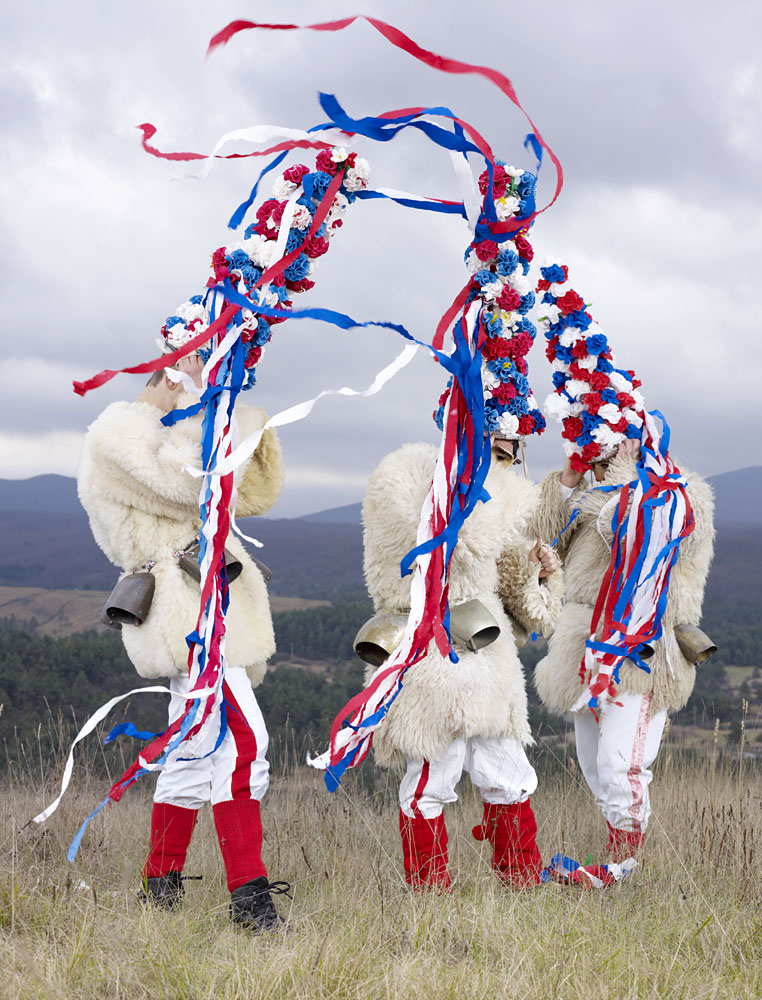
Since the beginning of his career as a photographer, Charles Fréger has established his own system of signs – a language through which he expresses his interest for human beings as part of a group, for their abilities of interaction when placed within a community and for their abilities of communication through outward signs such as clothing, masks or uniforms. This is the common denominator of all of his series of photographs which are always independent from the others and characterized by a clear cut spatio-temporal sphere. The other fundamental trait of his work is his strong flair for exoticism – which Fréger traces to civilizations that are far from us in terms of time and space as well as in contemporary European society.
His penultimate series Wilder Mann is a consideration of the tribal traditions and rituals of European populations. It is through research that the artist singled out the exotic and untamed attributes of our civilized societies. Nineteen countries were explored and Fréger re-created environmental sets for each one of them in an undefined, suspended temporal dimension. The image of the savage is reproduced in relation to a natural environment. The apparently static and motionless poses contrast fully with an internal dynamism which is also linked to the vitality of the outfitting and sets, colours and masks. From demonic to bestial and primitive, the wild man shows up again in our present with features that are even frightening at times but always destabilizing and deeply connected to an earthy dimension and all celebratory activities.
This series became a popular book and inspired Italian composer Teho Teardo to compose music based upon his own reactions to the wild masked men. The result was an album, Music for Wilder Mann (Spècula Records, 2013), which met with the enthusiastic approval of the public and critics from all over the world. On February 26, Teardo will put into play the value of interaction between musical and photographic art by performing the music he composed for «Wilder Mann» while images from Fréger’s book are being projected. This event will take place at Rome’s Cembalo Gallery and is a part of Fréger’s solo exhibition that is being hosted there from 6 February to 28 March 2015. (by Susanna Buffa)
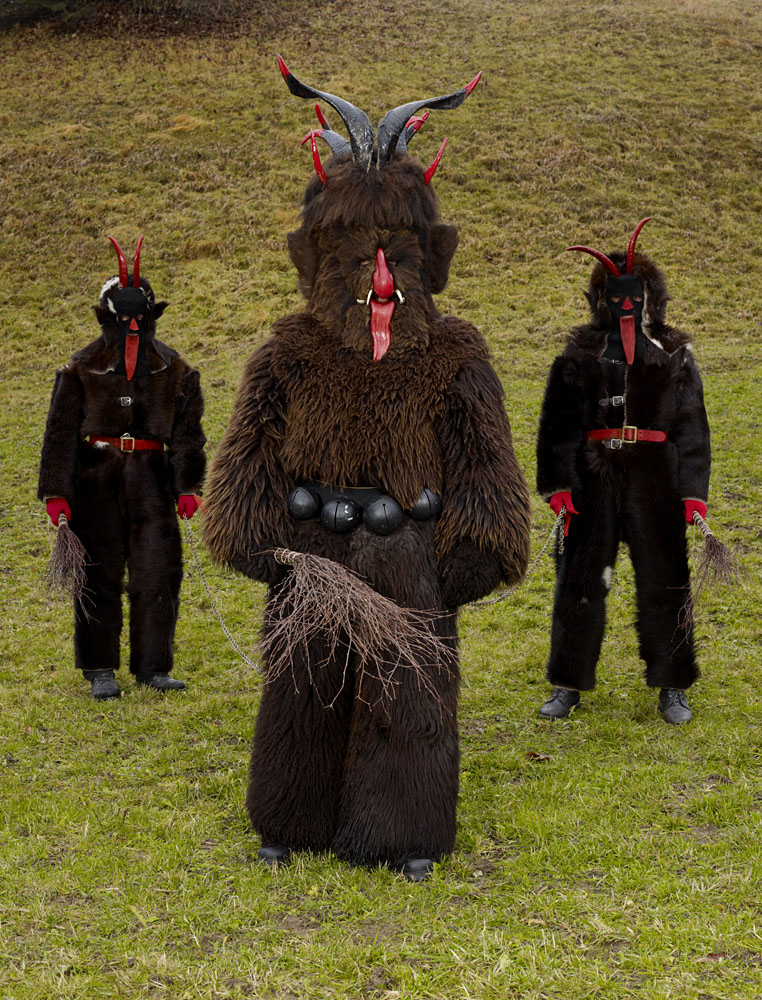
Where does your inspiration for portraying wild men wearing masks come from?
I have always been fascinated by the idea that Europeans also had deep-seated tribal traditions. Usually, when we speak of the tradition of masks or masked men exotic places like Africa come to mind. While researching this project I found proof that there are deep-rooted tribal traditions in Europe as well. I realize that the concept of «tribalism» might be too broad but my intention is to express the fact that we too have our own exoticism. I noticed that there are traditions observed in Austria with strong tribal features. The same applies to most of France with the exception of the areas bordering Spain and in the south-eastern portion of the country. My research began in Austria. After that I went to Hungary, Greece, Italy (Sardinia) and then I decided to expand my exploration to the entire European continent. After the book was completed in 2011 (with nineteen documented countries), I continued my travels and research. At the moment I have material from twenty-one different countries and my research continues because I have toured one or two countries per year.Did you notice different perceptions of our past from one country to another while touring Europe and taking photographs?
Actually, I would say that there is a lot of common ground because all of these traditions are linked to similar systems and festivities – the holiday of Saint Nicholas, Christmas, New Year’s celebrations and Carnival. There are different moments, usually in the winter, during which these traditions come to life in the Czech Republic, Austria or Italy and even if the distance between these countries is remarkable, the traditions are observed in a very similar manner.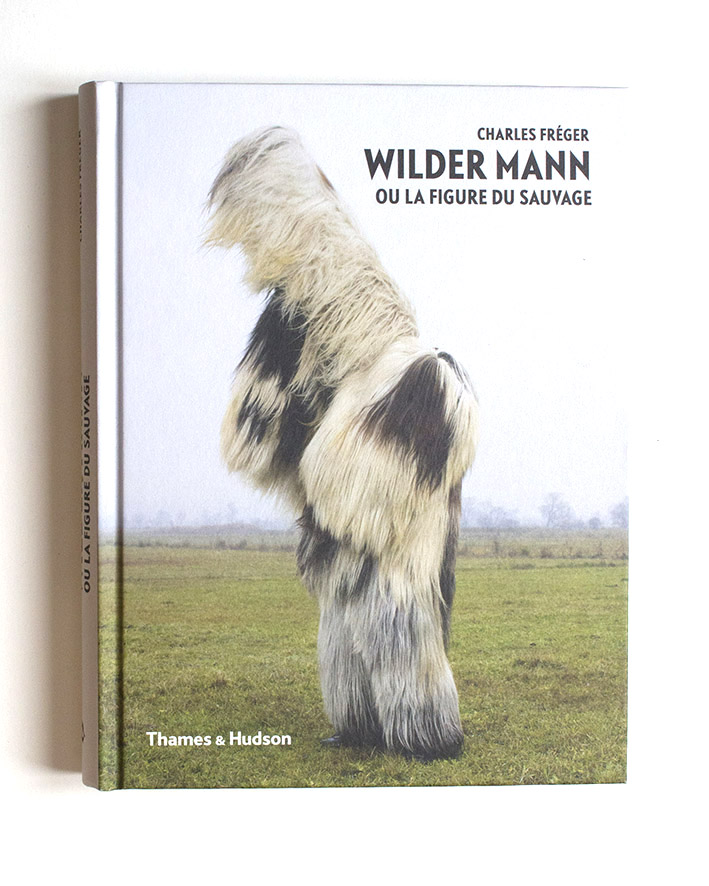
After the book «Wilder Mann» was published, the Italian composer Teho Teardo had a chance to read it and was very impressed by your work. He immediately contacted you and offered to compose music to accompany your photographs. Was this the first time you had ever collaborated with a musician? How did your react to his offer?
Yes, in regards to my work as a photographer, this was the first time. When Teho spoke to me about this, I initially gave it some thought because what really interested me was the possibility of finding common ground between my photographs and music. We agreed on that right away. He was totally open and really great. He was very quick to finalize the work and compose the music. We haven’t limited our collaboration to «Wilder Mann», however. Teho has also helped me with an installation project regarding the masks of theCommedia dell’Artebased on the video I did in Venice. There is something about his work that connects immediately with my photographs and this is something that doesn’t happen very often. It was really a positive experience. Teho is always very effective. He has this really powerful energy and he’s never tired. I could tell that the work was progressing quickly and that he was very inspired by the book and needed to keep active and not waste any time.I think that your photographs are very powerful and that they have great strength – the subjects you portray, your outfitting and sets, your colours. Do you think that music has that same power?
I really hope so. I gave him a few suggestions for song titles – for example, I wanted a piece that described the awakening of a bear and he composed The Waking of the Bear and it really works! I like that weight we hear in the lower notes and sounds. It sounds as if it comes from some intimate place deep inside…the entire album has that kind of weight and I like it a lot. You can almost hear the roar of an animal in some spots.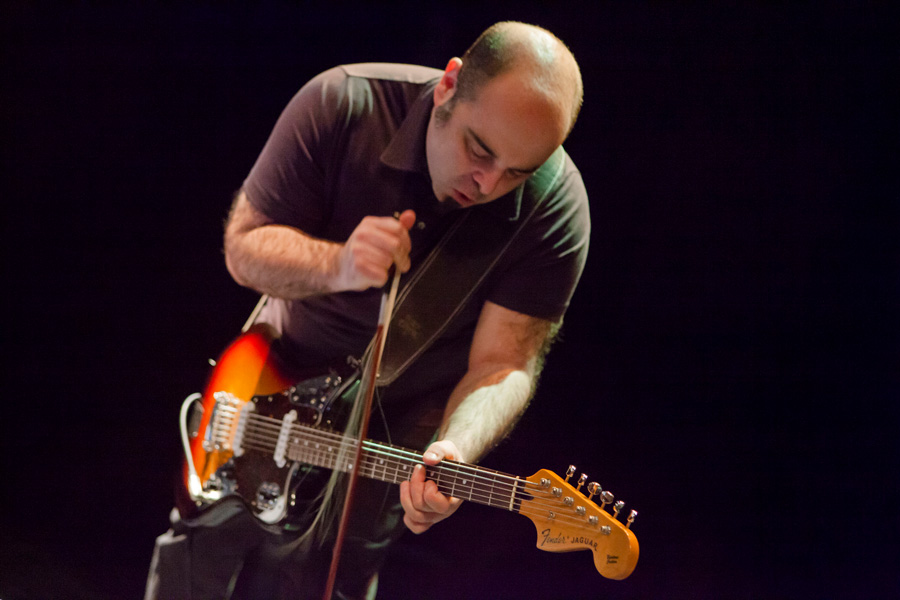
Did you exchange ideas with the musician during the development of the musical project?
No, not at all. I would listen to the music and he would evaluate my reaction and work from there. I didn’t want to influence his musical work because it was «his» work, his territory and I didn’t want to suggest a thing. It was a great experience and I hope that there will be more of them. We are thinking about another collaboration, a new project.That’s wonderful news. How would you feel about taking photos based upon the music you hear? Doing a reverse process and letting yourself be inspired by music.
It never occurred to me because I never work that way. Come to think of it, I might be embarrassed. I think it’s better that things work the other way around. That the images inspire the music. I am usually inspired by the life of a community or group. So that kind of change is improbable.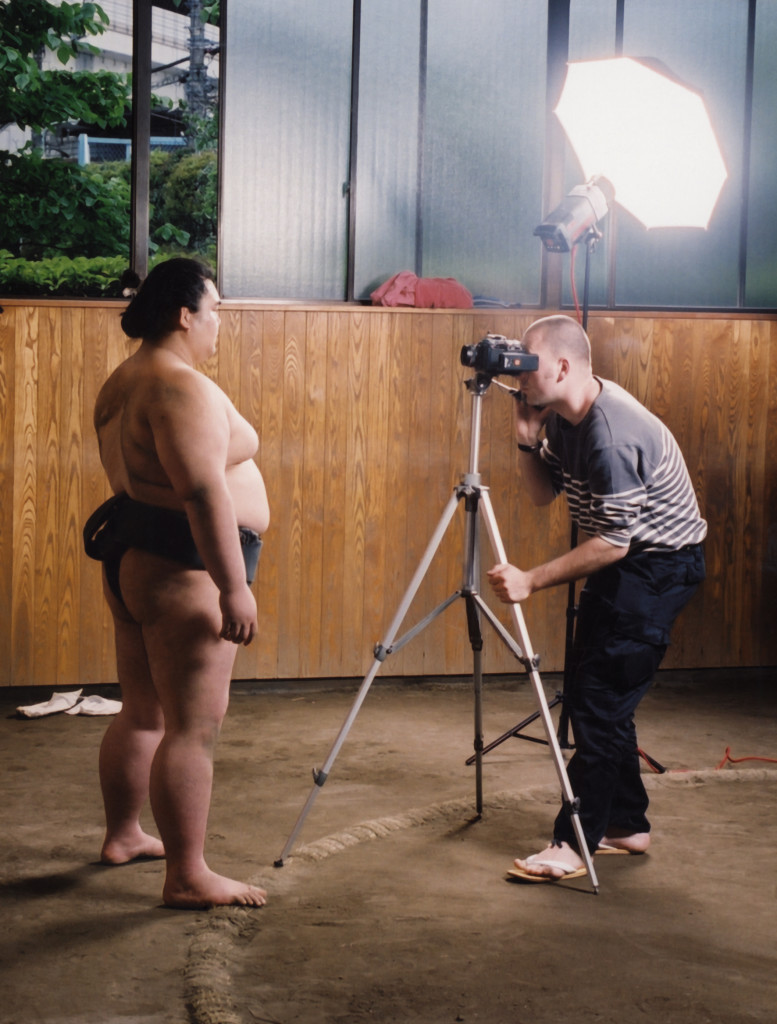
Your solo exhibition with the photographs from «Wilder Mann» was inaugurated at Rome’s Cembalo Gallery on 6 February. You will be in Rome on the 26th for the concert where Teho Teardo will perform the music he composed for your photos which are also featured on his album. Your work takes you around the world all the time.
Yes, I have been doing this since I was eighteen years old. I keep doing it because creating these photographic series means moving around and interacting with places even though from time to time I have some problems when I find a new subject. Photographing whatever I want is not always possible or allowed. I usually take on more than one project at a time. At the moment I am working on a book which is coming out in two months.What is the subject of this book?
It is called Bretonnes and it’s being published in France by Actes Sud and in England by Thames&Hudson. It explores the women in Brittany and their clothing….It is a work that was primarily inspired by paintings and old photographs. In a way, it is the opposite of «Wilder Mann» which was about crude men. Although there actually is a common factor between the two photographic series because the communicative power of the groups emerges in both. In Bretonnes we see women interacting amongst themselves with a secret life, a system of secret signs that are not a language per se, but something linked to the instinctive part of relationships between women.As far as I can tell, the people from Brittany seem to be very communicative.
It is a part of France that stands alone. It cultivates a strong tie with tradition, especially the Celtic one, but that culture also identifies strongly with modernity. This is a very energetic and vital portion of the country.Charles Fréger, «The Wilder Mann», Galleria del Cembalo, Roma, 06.02 – 28.03.2015. Special concert by Teho Teardo on February 26th, perform ing the music he composed for Fréger photos
Charles Fréger | Teho Teardo
Images and video
(1 cover) Teho Teardo, Music for Wilder Mann cover (2) Charles Freger, Wilder Mann, 2010-2011, Skoromati (3) Charles Freger, Wilder Mann, 2010-2011. Luzifer, Kleine, Teufel (4) Charles Freger, Wilder Mann, book cover (5) Teardo Live, PH Simona Caleo (6) Charles Freger, Shooting (7) Video with music by Teho Teardo
Niciun comentariu:
Trimiteți un comentariu